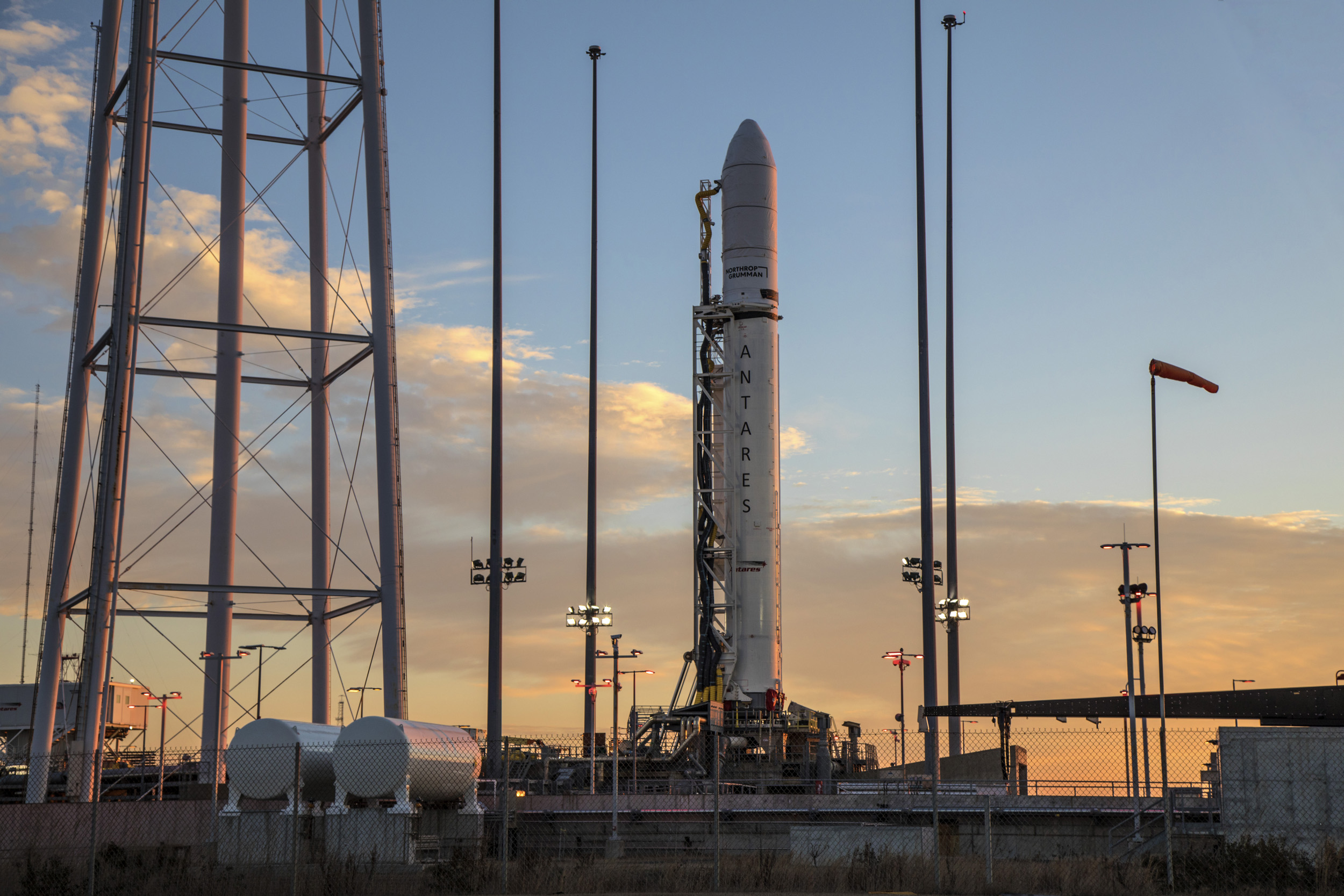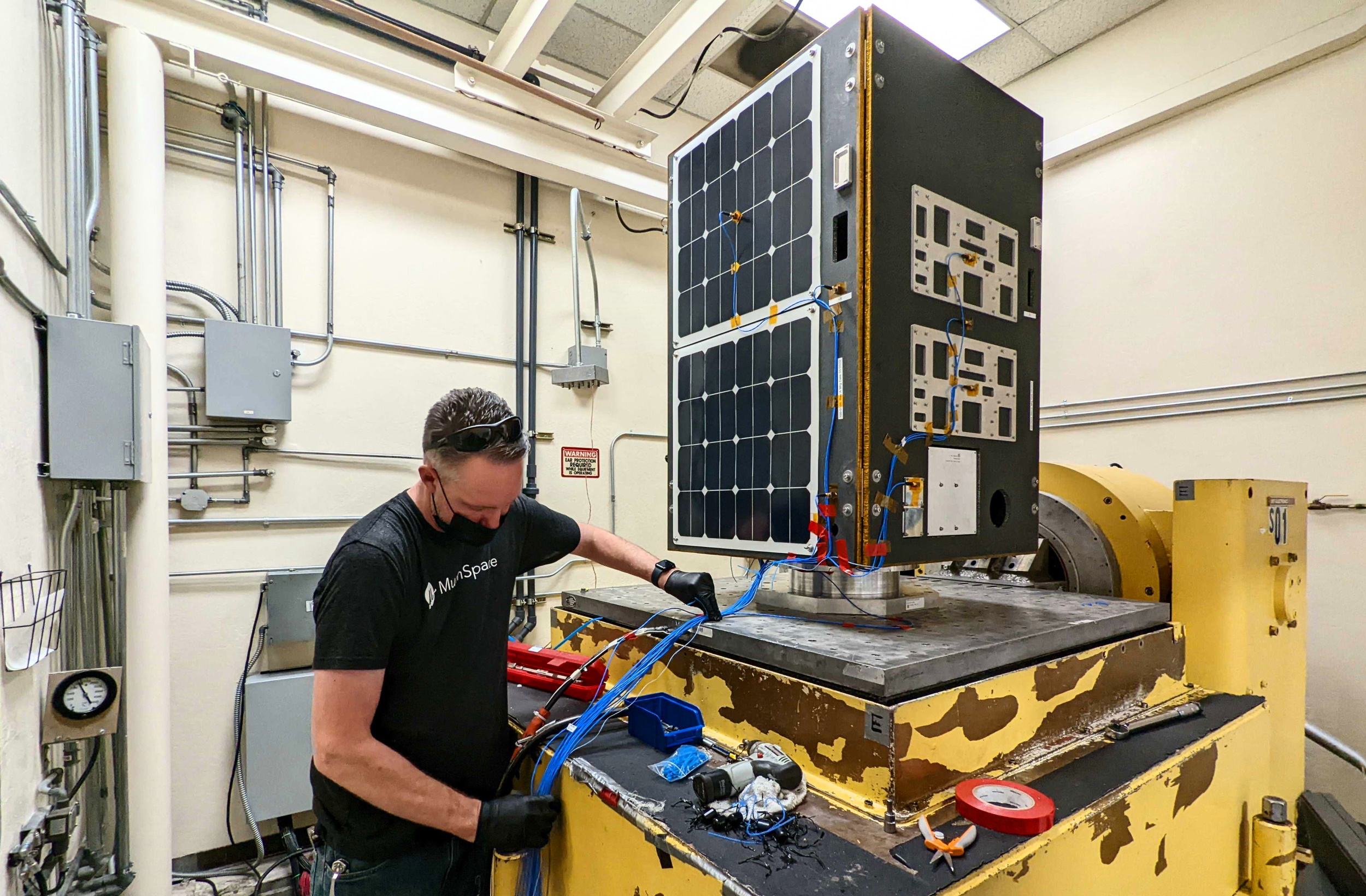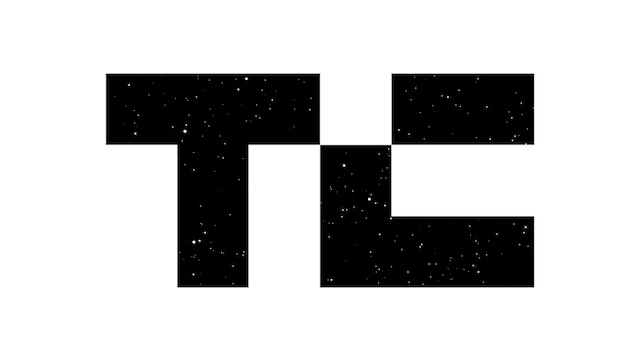Max Q: Testing, testing – TechCrunch
Hello and welcome back to Max Q. In this issue:
- Northrop Grumman and Firefly Aerospace want to make the Antares rocket all-American
- How Muon Space is locking in customers
- News from SpaceX, OneWeb and more
Northrop Grumman has announced that it will partner with startup Firefly Aerospace to build an all-American version of its workhorse Antares rocket, which currently flies with Russian-built RD-181 engines. Due to the continuing war in Ukraine, Russia halted all sales of its rocket engines to the United States in March this year.
The new Antares will be outfitted with seven of Firefly’s Miranda engines, as well as “composites technology for the first stage structures and tanks,” according to the press release. The two companies will also collaborate on an all-new medium launch vehicle.

Northrop Grumman’s Antares rocket on the launch pad. Image Credits: Northrop Grumman
Plenty of companies want to operate in space, but few have or need the expertise to do so. They want an eye in the sky but not a satellite company. Muon Space is one of several startups looking to put others into space but with a special expertise in Earth observation and building the full stack, from satellite bus to data on the ground. It has raised $25 million to do so, and locked down a few early big customers.
“People are reinventing large portions of the stack required to collect data from space,” Muon’s CEO and co-founder Jonny Dyer explained. “When we look across the spectrum of different new phenomenologies and missions, many of these companies are developing their own spacecraft, and obviously their own ground segments and data, so they can address a particular vertical market. We think that doesn’t make sense.”

Image Credits: Muon Space
More news from TC…
…and beyond
- Benchmark Space Systems acquired electric propulsion tech from Alameda Applied Sciences Corporation, which it will use to create a hybrid chemical-electric propulsion system.
- Capella Space revealed a new generation of synthetic aperture radar satellites that the company says will have higher-quality image resolution and upgraded payload downlink antennae, for launch in early 2023.
- D-Orbit signed a contract with Swiss nanosatellite company Astrocast to launch 20 Astrocast sats over multiple launches, for an agreement lasting three years.
- Eta Space and Helios want to develop an oxygen production and liquefaction plant on the moon. Helios, based in Israel, says it developed a reactor capable of extracting oxygen from lunar regolith, while Eta Space would liquify and store the oxygen in cryogenic tanks.
- The European Space Agency is in preliminary talks with SpaceX to use Falcon 9 rockets to fill the gap left by Russia’s Soyuz and ongoing delays of Arianespace’s Ariane 6 rocket.
- The U.S. Federal Communications Commission denied a bid by SpaceX for nearly $900 million in rural internet connection subsidies for its Starlink service, because the company “failed to demonstrate that the providers could deliver the promised service.”
- Galactic Energy, a Chinese launch company, conducted its third successful flight of the Ceres-1 rocket from the Jiuquan Satellite Launch Center in the Gobi Desert.
- India’s Small Satellite Launch Vehicle experienced a critical anomaly during its maiden flight, resulting in a complete loss of payload. The Indian Space Research Organization said it was assembling a committee to analyze the issue and provide recommendations for future missions.
- Lockheed Martin Ventures will be doubling its fund from $200 million to $400 million, and a notable portion of that additional money will go to space technologies, executives said.
- NanoAvionics is expanding its product line with two satellite buses, one capable of hosting payloads up to 145 kilograms and another up to 22 kilograms.
- The NASA Authorization Act is now law. The legislation, part of the CHIPS Act, does not allocate funds to the space agency but sets goals and outlines programs. Read more details here.
- NASA is looking for another launch provider for its TROPICS satellites, after Astra (the previous launch provider NASA selected) announced it would suspend all launches on its Rocket 3 to further develop a much larger rocket.
- SpaceX carried nearly 160,000 kilograms and 473 spacecraft to orbit in the second quarter, leading the world in launch tonnage by a very large margin, according to a BryceTech report.
- SpaceX launched 52 Starlink satellites from Kennedy Space Center, its 35th launch so far this year.
- Virgin Orbit is assessing potential launch sites in South Korea, in partnership with South Korean investment group J-Space. The aim is to use Virgin’s LauncherOne System to launch small satellites from that country.
Max Q is brought to you by me, Aria Alamalhodaei. If you enjoy reading Max Q, consider forwarding it to a friend.




